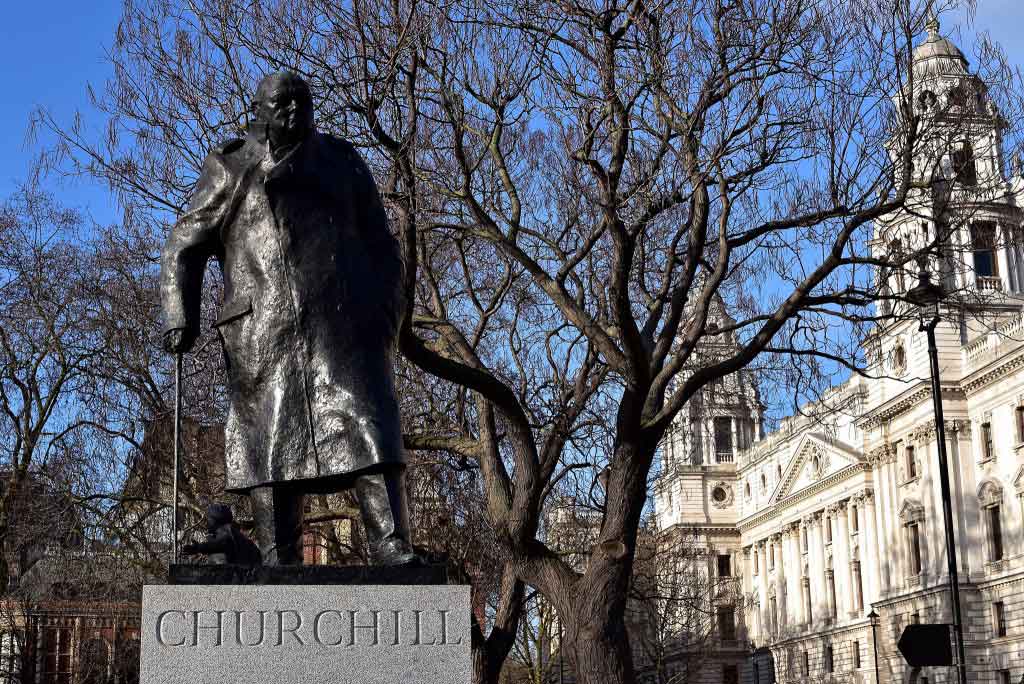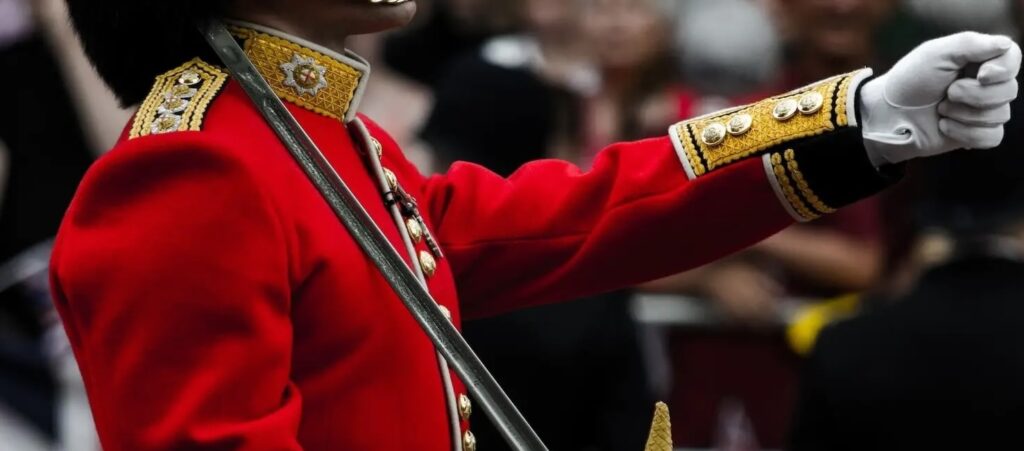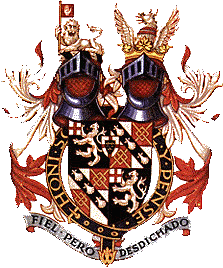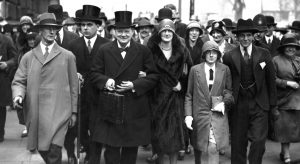
Reference
Churchill’s Commissions and Military Attachments

Winston Churchill, Parliament Square, London © Sue Lowry & Magellan PR
October 17, 2008
Compiled by Douglas Russell & Paul Courtenay
COMMISSIONS HELD BY WINSTON S. CHURCHILL
- 2nd Lieutenant, 4th Queen’s Own Hussars, 20 Feb 1895.
- Lieutenant, 4th Queen’s Own Hussars, 20 May 1896.
- Lieutenant, South African Light Horse, Jan 1900.
- Captain, Imperial Yeomanry, Queen’s Own Oxfordshire Hussars, 4 Jan 1902.
- Major, Queen’s Own Oxfordshire Hussars, 25 May 1905.
- Lieutenant-Colonel (temporary), QOOH, posted to 6th Battalion, Royal Scots Fusiliers, 5 January 1916.
MILITARY UNITS WITH WHICH CHURCHILL SERVED
- 4th Queen’s Own Hussars (cavalry regiment): England and India, 1895 99.
- 31st Punjab Regiment, Bengal Infantry, Indian Army, part of the 1st brigade, Malakand Field Force: NW Frontier of India, September 1897.
- 35th Sikh Regiment, Bengal Infantry, Indian Army, part of the 2nd brigade, Malakand Field Force: NW Frontier of India, September 1897.
- 21st Lancers (cavalry regiment): Egypt and the Sudan, August-October 1898. The regiment became the 21st (Empress of India’s) Lancers after the Battle of Omdurman, 2 September 1898.
- South African Light Horse (Imperial Yeomanry cavalry regiment): commissioned January 1900, served as officer and correspondent until July 1900.
- Queen’s Own Oxfordshire Hussars (Yeomanry cavalry regiment): January 1902. A reserve unit, the QOOH became part of the Territorial Force in 1908 (re-titled Territorial Army in 1920). In 1923 the regiment was superseded by 100th (Worcestershire & Oxfordshire Yeomanry) Royal Field Artillery Brigade, which contained two batteries formed from QOOH volunteers.
Note: Churchill was posted to the Western Front, first to the 2nd battalion, Grenadier Guards (infantry regiment) for one month’s training (December 1915-January 1916); then to command the 6th battalion, Royal Scots Fusiliers (infantry), part of the Ninth (Scottish) Division, 5 January to 16 May 1916. Despite these postings his commission remained in the QOOH.
BRITISH MILITARY ORGANIZATION

2024 International Churchill Conference
Army Group: two or more armies.
Army: two or more corps.
Corps: two or more divisions.
Division: field formation of about 10,000, containing two or more brigades or an administrative grouping of regiments.
Brigade: field formation of about 3000, containing two or more units of combat arms with support units.
Infantry
Regiment: The basic parent grouping of infantry, and not a tactical unit, subdivided into a variable number of battalions (often two regular, two militia, miscellaneous volunteer battalions and a depot unit).
Battalion: The standard tactical unit of infantry, approximately 800-1000 officers and men, similar in size to a cavalry regiment.
Company: Sub-unit of a battalion (120 men)
Platoon: Sub-unit of a battalion (35 men)
Section: Sub-unit of a platoon (“Squad” in U.S. Army)
Cavalry
Regiment: basic organizational unit of cavalry, 500-700 officers and men depending on wartime or peacetime and place of service: home, India, other colonies. Usually subdivided into four squadrons.
Squadron: sub-unit of a regiment; four make up a regiment.
Troop: sub-unit of a squadron, similar to an infantry platoon.
Subscribe
WANT MORE?
Get the Churchill Bulletin delivered to your inbox once a month.




